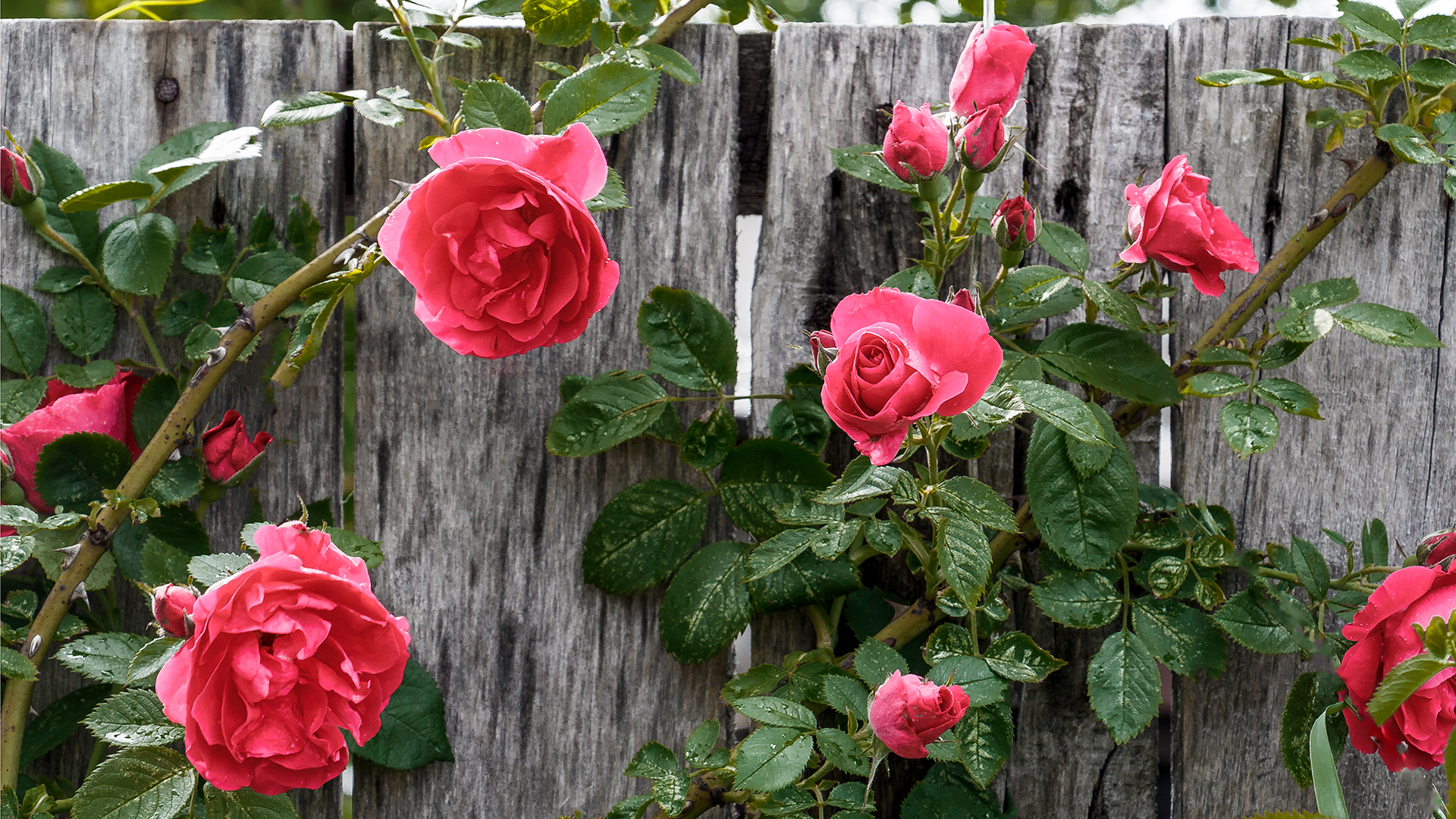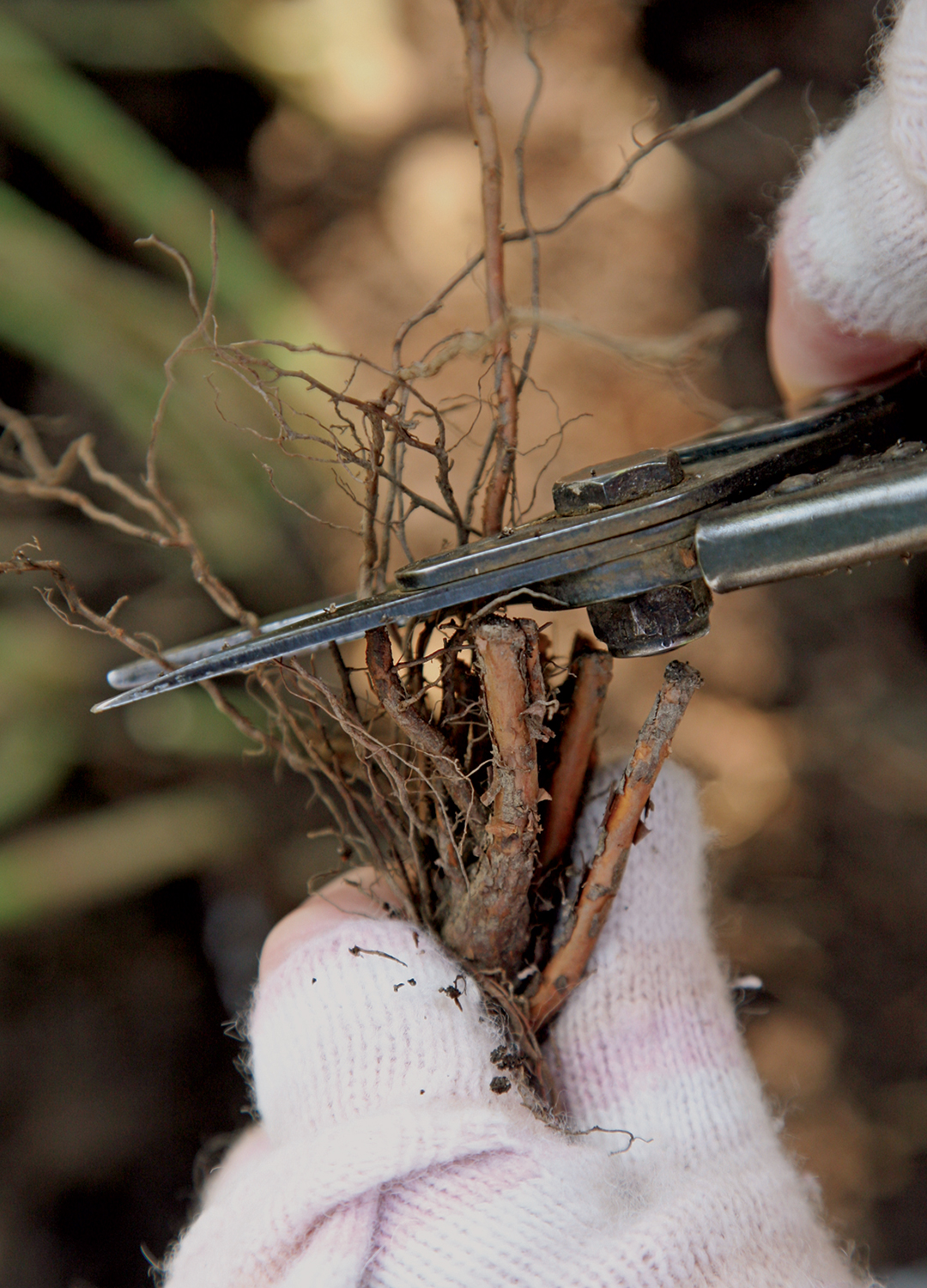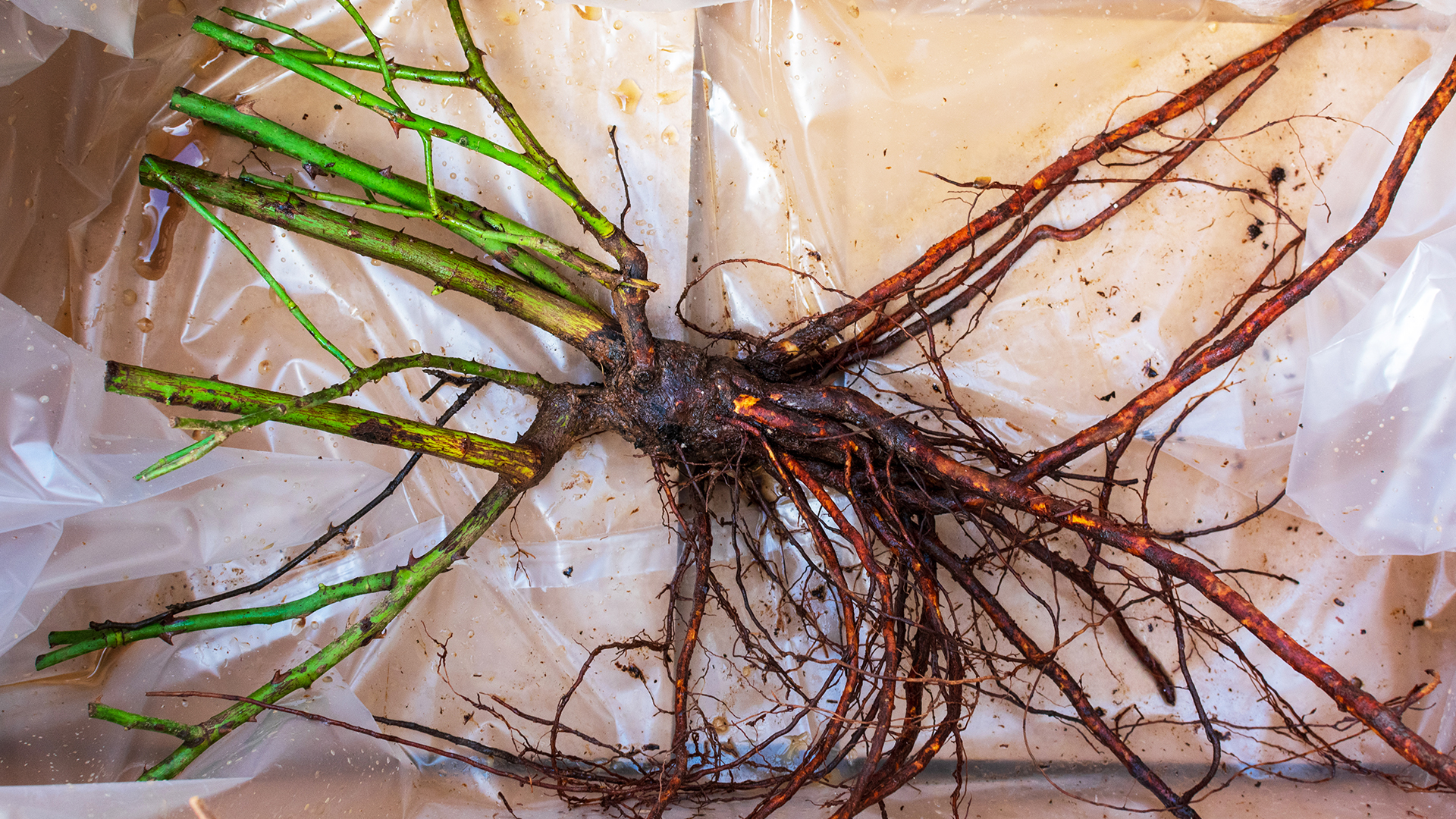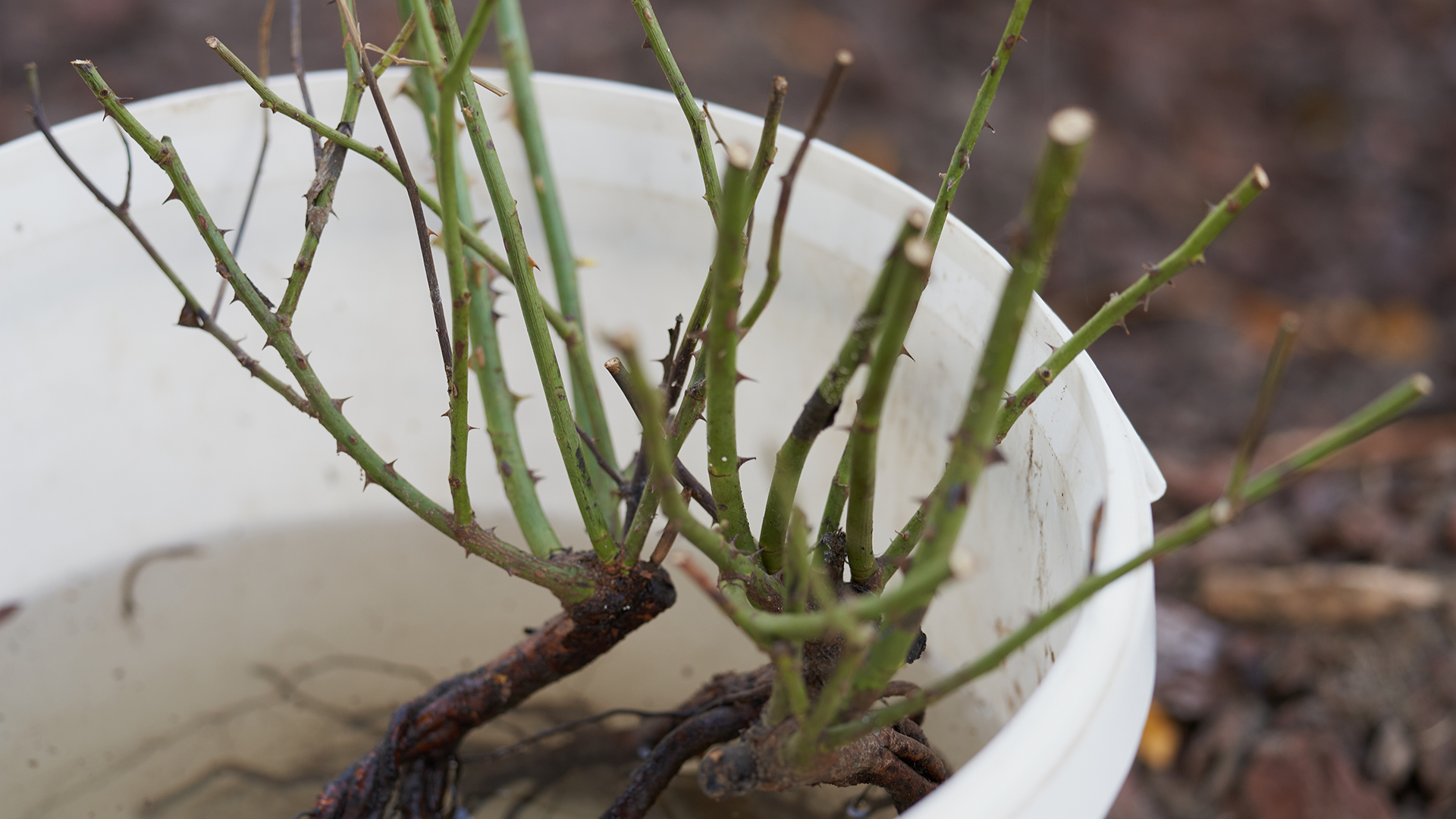
What are bare root plants? Usually sold between November and March, it's little wonder that so many of you are keen to learn more about the apparent ‘dead sticks’ on sale at your local garden centre – especially as they boast such purse-friendly price tags.
An easy way to fill your garden with some of the very best plants on offer, and for less money, you can get everything from bare root hedges and trees to bare root roses and perennials, too.
Essentially, you can get a bare root version of most of those alluring plants that will liven up your garden – although there's not much point in doing so if you haven't done your research. To that end, then...
What are bare root plants?
"Bare root plants are field grown and lifted from the ground in the dormant season, which is October to April," says Morris Hankinson of Hopes Grove Nurseries.
"The soil is shaken off the roots and they are then planted both dormant and without soil around the roots," he continues.
"They have a strong stem and root system and are light to transport – therefore making them cost-effective too."

The pros
As mentioned already, one of the primary advantages of bare root plants is cost-effectiveness.
"Without the added expense of pots and soil, they're cheaper to produce and ship, savings that are passed on to the consumer. Additionally, there's often a wider variety available, especially when it comes to roses and fruit trees," explains Steven Bell, the CEO of Paving Shopper.
"From a horticultural perspective, bare root plants establish quickly in their new environment," he adds.
"Since they're planted directly into your garden soil, they adapt readily and often outperform their container-grown counterparts in the long run."
The cons
Bare root plants might be cheaper and easier to establish in your garden, but there are some negatives to consider. For starters, they have to be planted as soon as possible after arrival, ideally between November and March – which means there's no time to waste once you've got them home.
As they're younger and smaller than root ball plants, they also take a lot longer to grow into that show stopping plant you've been dreaming of. And, of course, you are starting the process from scratch, so some loss is to be expected.
Where to buy bare root plants
If you're excited by the prospect of bare root plants, you can pick them up from...
- Thompson & Morgan: an excellent selection of bare root plants (try the Cherry 'Sunburst' if you're in the market for a pretty fruit tree)
- Crocus: plenty of bare root plants to choose from (such as the excellent flowering species-rich hedgerow selection)
- Hopes Grove Nurseries: the place to go for bare root hedging (including English yew hedging)
- David Austin Roses: bare root roses are in their element here (inject some happiness into your outdoor space with the Bring Me Sunshine® shrub rose)

FAQs
Can you plant bare root plants straight in the ground?
When it comes to getting them in the ground, bare root plants are incredibly straightforward.
"Soaking the roots in water for a few hours before planting rehydrates them, giving them a better chance at a strong start," says Steven Bell of Paving Shopper.
"When planting, it's important to spread out the roots in the hole and cover them well with soil, ensuring there are no air pockets. Watering thoroughly after planting and adding a layer of mulch helps retain moisture."

When should I buy bare root plants?
Bare root plants are typically available during dormancy, from late autumn to early spring, and that is exactly when you should buy them – particularly as they need to be planted as soon after purchasing as possible.
Why are bare root plants good?
Not sure why bare root plants are good? There are plenty of reasons to invest, not least of all because "bare root plants are not just cost effective, but very easy to handle and plant," says Morris Hankinson of Hopes Grove Nurseries.
"Typically, they are small, but can be larger – for example, our bare root hedging plants vary in size between 20cm up to 200cm, depending on the species and age. Bare root plants tend to establish well in a new situation and are perfect if you are gardening on a small budget."
Why are bare root plants so cheap?
Bare root plants are so cheap because they are smaller and delivered without a root ball of soil, making them much easier to transport.
"There are a smaller number of inputs needed for the plants and are by far the most economical and environmentally friendly way to establish a new hedge or plant a new herbaceous perennial border," says Morris Hankinson of Hopes Grove Nurseries.
If you're willing to be patient with, then, it seems bare root plants are a fantastic investment for any outdoor space.
"For those looking to plant hedges or start an orchard, bare root plants offer an economical and efficient solution. Their dormant state reduces transplant shock, leading to healthier growth come spring," promises Steven.
Throw in the fact that you can bulk buy for a fraction of the cost of root ball plants, and you have more than enough reasons to get shopping.







